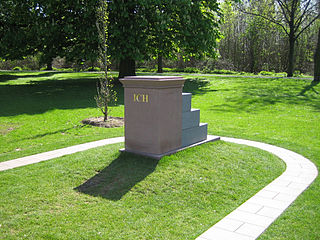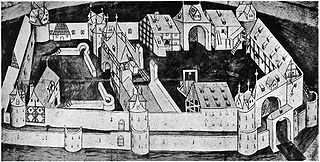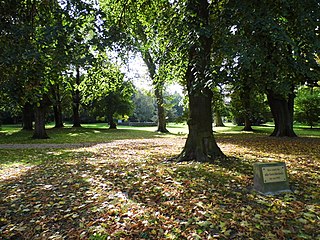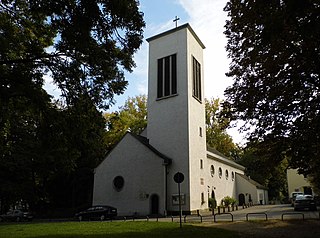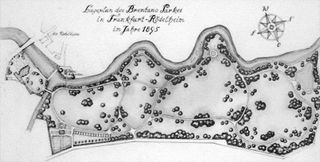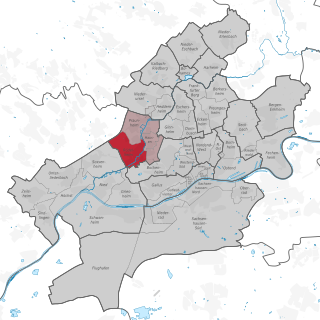Self-guided Sightseeing Tour #3 in Frankfurt, Germany
Legend
Guided Free Walking Tours
Book free guided walking tours in Frankfurt.
Guided Sightseeing Tours
Book guided sightseeing tours and activities in Frankfurt.
Tour Facts
1.2 km
13 m
Experience Frankfurt in Germany in a whole new way with our free self-guided sightseeing tour. This site not only offers you practical information and insider tips, but also a rich variety of activities and sights you shouldn't miss. Whether you love art and culture, want to explore historical sites or simply want to experience the vibrant atmosphere of a lively city - you'll find everything you need for your personal adventure here.
Activities in FrankfurtIndividual Sights in FrankfurtSight 1: Der Barfüßer
Comic Art in Frankfurt's Green Belt is a series of humorous sculptures in Frankfurt am Main. The 14 works of comic art exhibited in public spaces across Frankfurt's green belt are made according to designs by members of the New Frankfurt School. The first publicly presented work in the series was the Frankfurt Green Belt Animal, designed by the illustrator and author Robert Gernhardt, in 2001. By 2017, more than a dozen more works of art had followed. The patron of the series is the City of Frankfurt in cooperation with the Caricatura Museum für Komische Kunst Frankfurt.
Sight 2: Rödelheimer Schloss
Rödelheim Castle was initially a medieval castle complex in Frankfurt-Rödelheim, in the area of which the Counts of Solms-Rödelheim later had a castle built. Today, the complex has almost completely disappeared and its history can only be explored through archival sources and old views.
Sight 3: Solmspark
The Solmspark is one of the two large parks in the Frankfurt district of Rödelheim, along with the Brentanopark. It is about five hectares in size.
Sight 4: Cyriakuskirche
The Cyriakuskirche is a listed Protestant church in the Rödelheim district of Frankfurt am Main. It is located on the street Auf der Insel.
Sight 5: Brentanopark
The Brentanopark is one of the two large parks in the Frankfurt district of Rödelheim, along with the Solmspark. It is about four hectares in size.
Sight 6: Alte Mühlsteine
Rödelheim is a quarter of Frankfurt am Main, Germany. It is part of the Ortsbezirk Mitte-West and is subdivided into the Stadtbezirke Rödelheim-Ost and Rödelheim-West.
Share
How likely are you to recommend us?
Disclaimer Please be aware of your surroundings and do not enter private property. We are not liable for any damages that occur during the tours.
GPX-Download For navigation apps and GPS devices you can download the tour as a GPX file.
